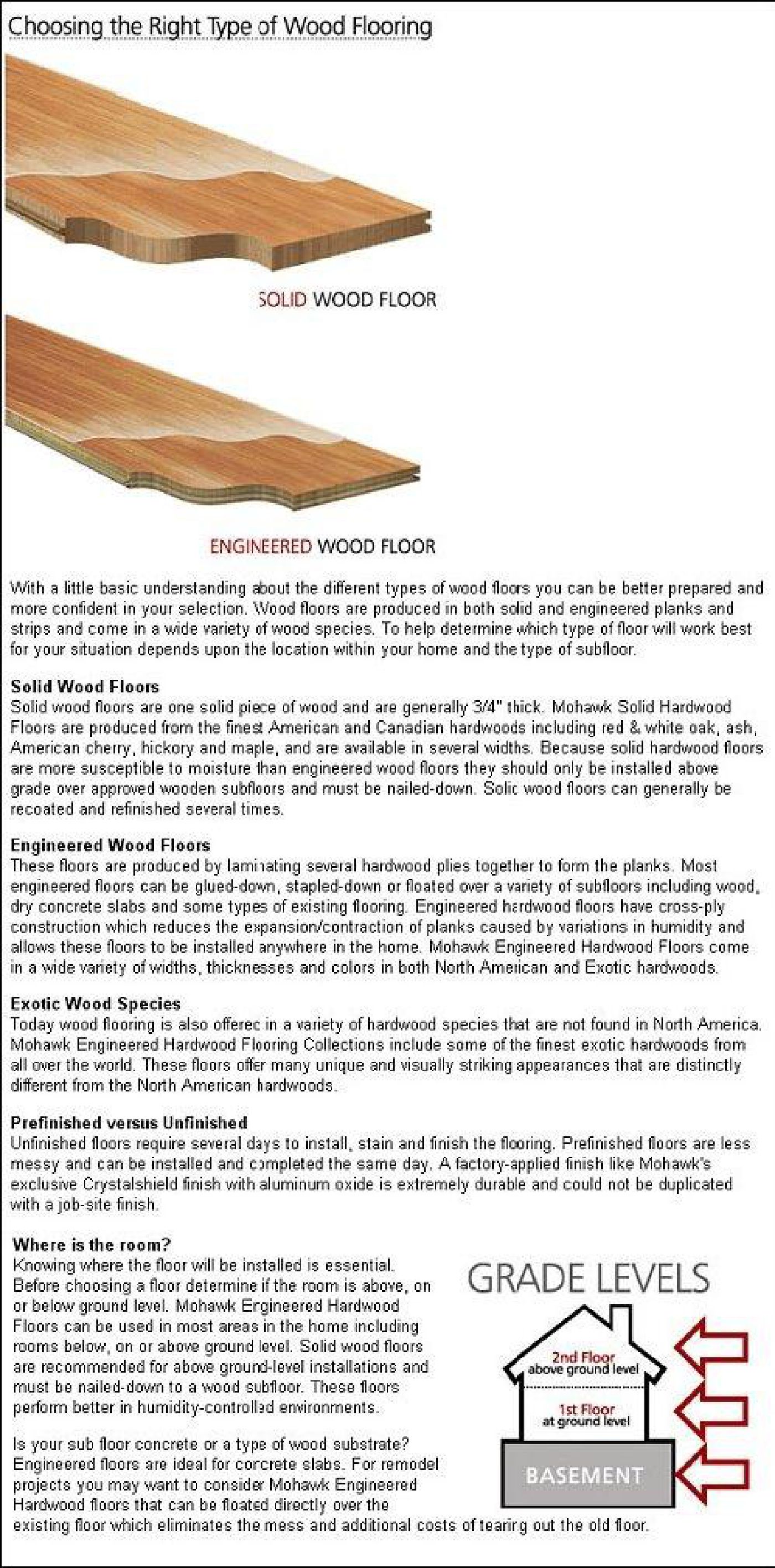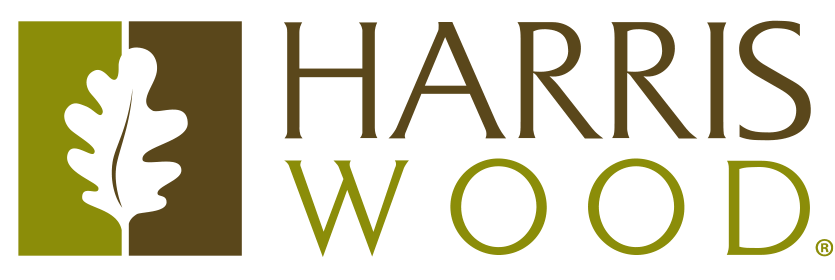
Wood
A beautiful wood floor is an investment that will do more to define your home’s style than any other single element. Take the time to find the right floor and you will be rewarded for years to come. Styles in flooring may change but the beauty of wood flooring is forever. Add warm elegance and natural charm to any room of your home with Dolphin’s hardwood floors. Wood floors have come a long way in the past few years. Today there are more styles, colors, and species of wood available than ever. No matter what your décor, you’re sure to find a color and style to fit your home at Sherer's Flooring showroom.
Dustless hardwood floor sanding and re-finishing service is available.









FOLLOW US